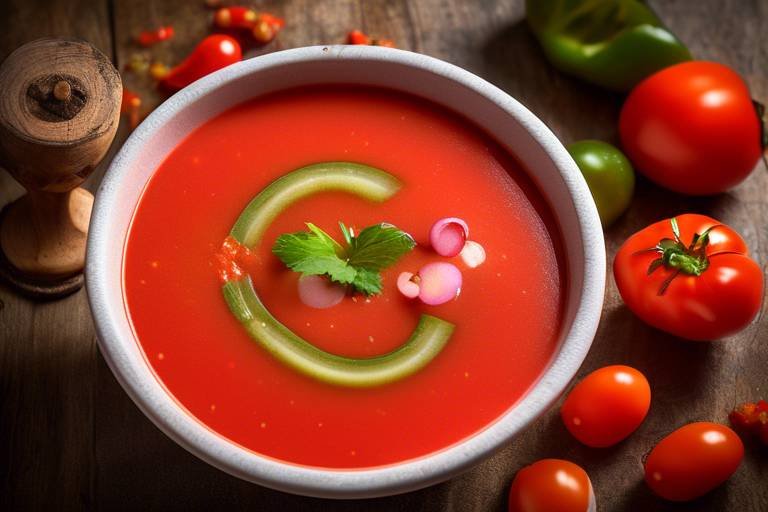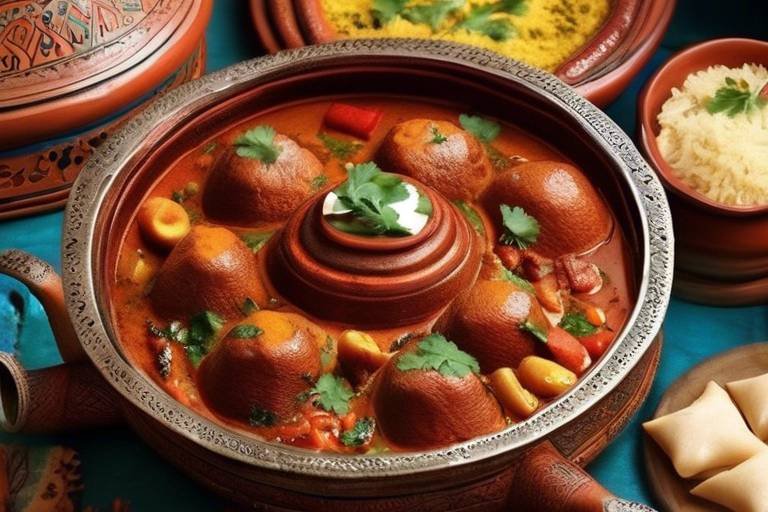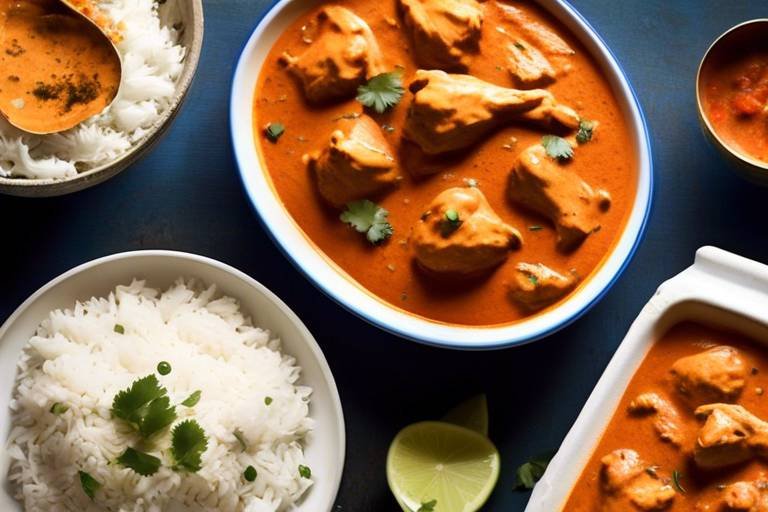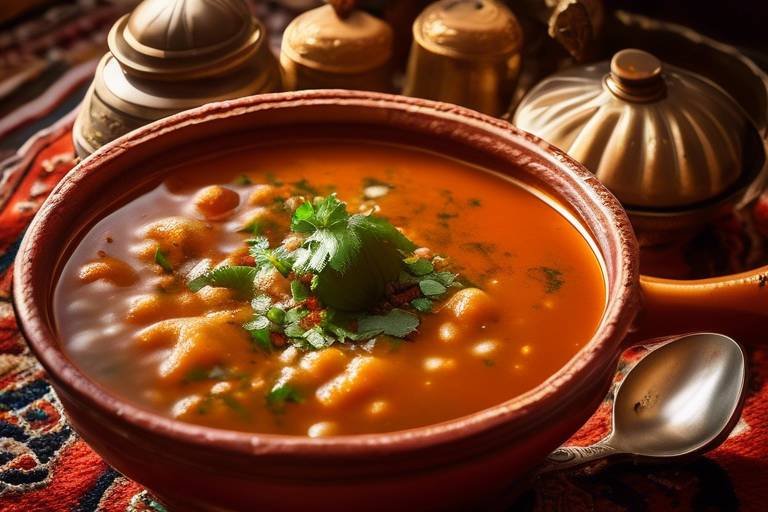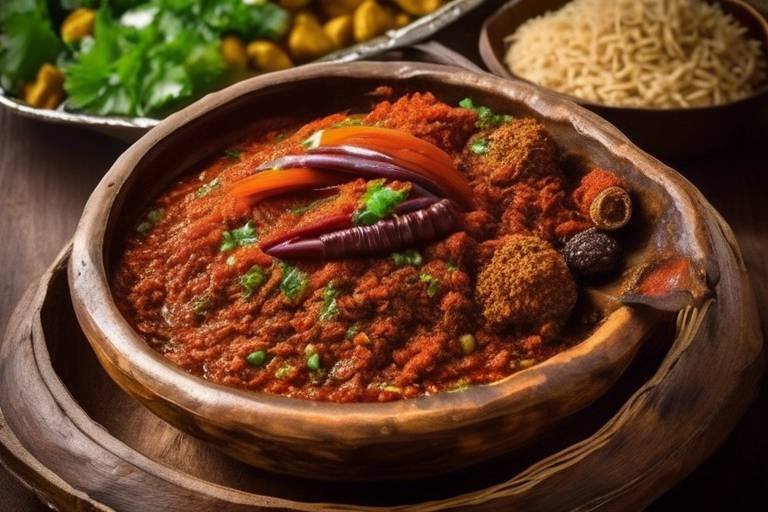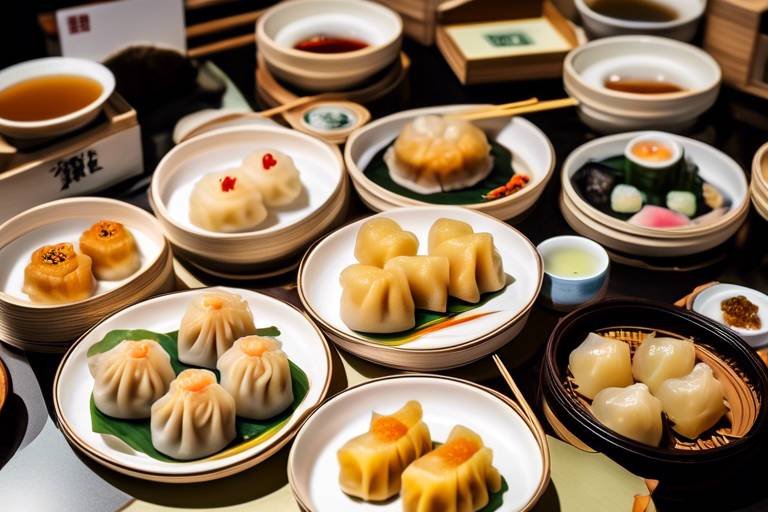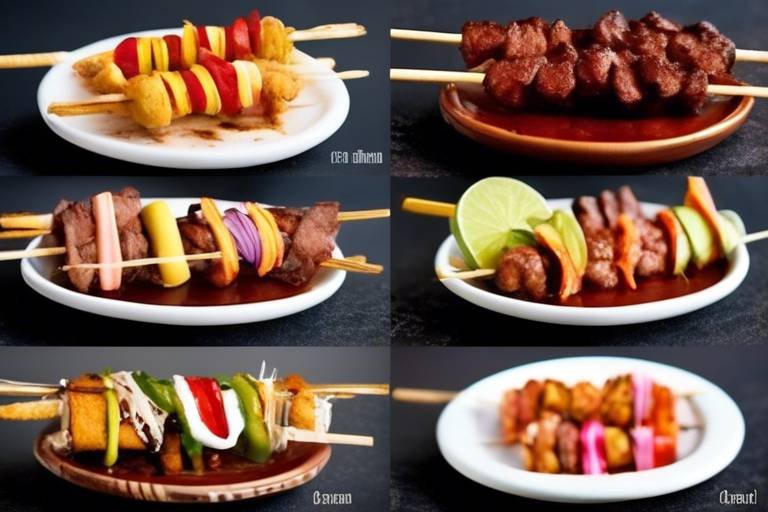Exploring the Rich Flavors of Brazilian Feijoada
Brazilian Feijoada is a culinary masterpiece that embodies the rich and diverse flavors of Brazil. This traditional dish holds a special place in the hearts of Brazilians, symbolizing unity, celebration, and cultural heritage. The tantalizing aroma of simmering meats and beans, infused with aromatic spices, creates a sensory experience like no other.
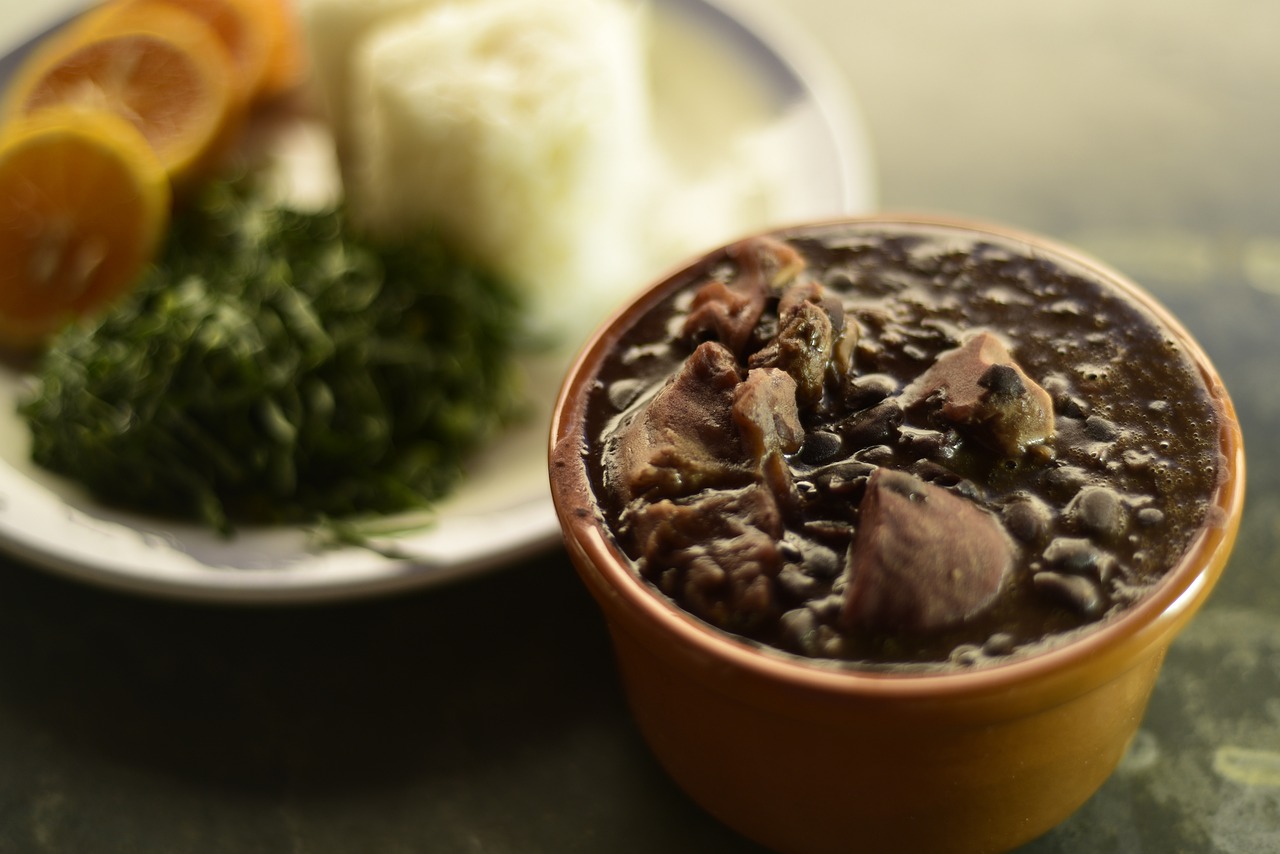
History of Feijoada
The history of Feijoada is a fascinating journey into the heart of Brazilian culinary tradition. This iconic dish has deep roots in the country's history and culture, symbolizing a blend of diverse influences that have shaped Brazil's vibrant food scene.
Feijoada's origins can be traced back to the time of African slavery in Brazil, where enslaved individuals would make hearty stews using leftover cuts of meat and black beans. Over time, this humble peasant dish evolved into the beloved feijoada we know today, reflecting the resilience and creativity of Brazilian cuisine.
The dish gained popularity among all social classes and became a symbol of unity, bringing people together around a shared love for its rich flavors and comforting warmth. Feijoada embodies a sense of community and celebration, making it a staple at gatherings and special occasions throughout Brazil.
With influences from Portuguese, African, and Indigenous culinary traditions, feijoada represents a melting pot of flavors and ingredients that tell a story of Brazil's diverse heritage. The dish's evolution mirrors the country's history, blending different cultural elements into a harmonious and delicious culinary masterpiece.
Today, feijoada stands as a cultural icon, representing more than just a meal but a symbol of Brazilian identity and unity. Its rich history and deep-rooted traditions continue to captivate both locals and visitors, showcasing the unique blend of flavors that define Brazilian cuisine.
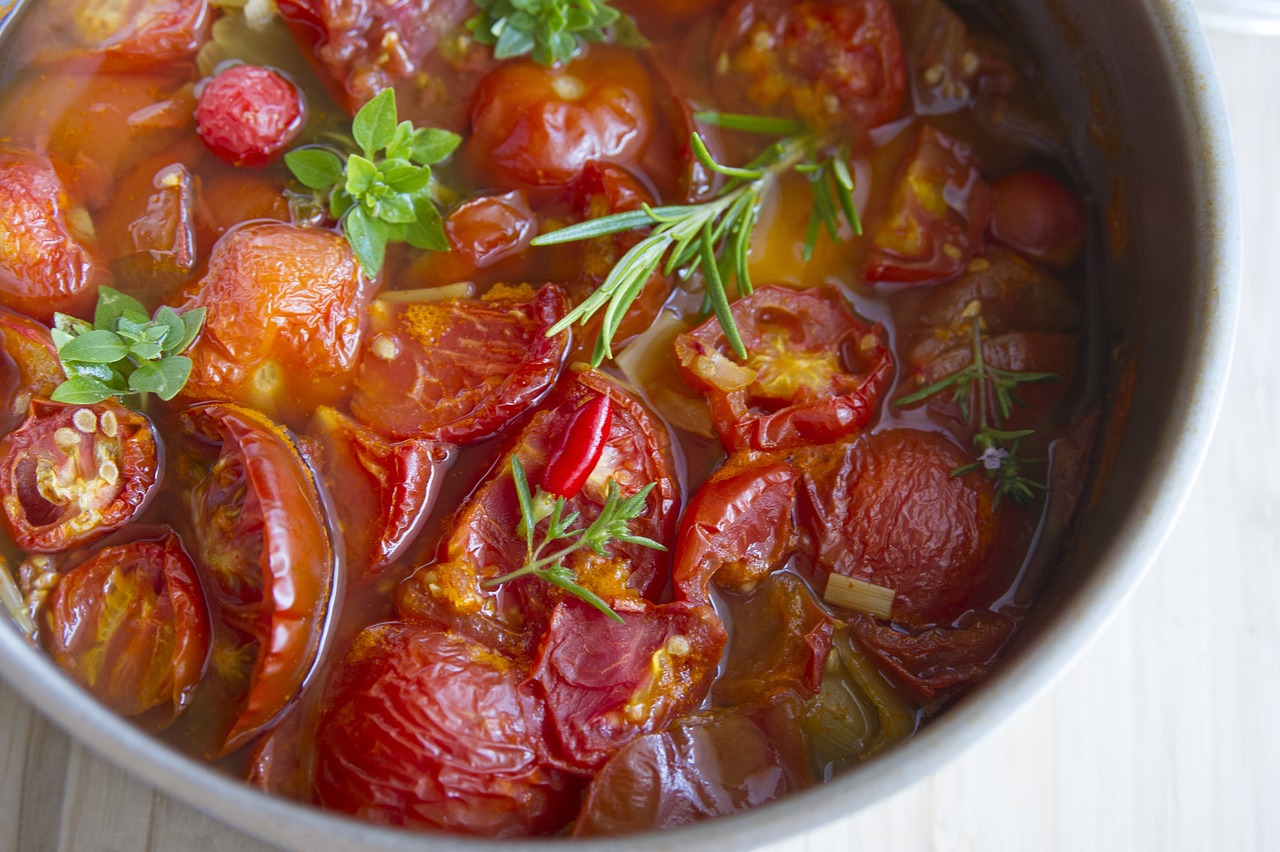
Ingredients Used
The ingredients used in Brazilian feijoada are essential to creating its rich and savory flavors. This traditional dish typically includes a combination of various meats, black beans, and seasonings, resulting in a hearty and satisfying stew. The key components of feijoada often consist of pork, beef, and sausage, each adding its unique taste and texture to the dish. Additionally, the use of black beans as the base of the stew contributes to its thick consistency and earthy flavor profile.
Furthermore, feijoada is enhanced with a variety of seasonings and spices that elevate its taste to a new level. Ingredients such as garlic, onions, bay leaves, and salt are commonly used to season the meats and beans, infusing the dish with aromatic and robust flavors. The careful balance of these ingredients is crucial in achieving the authentic taste of Brazilian feijoada, making it a beloved culinary delight among locals and visitors alike.

Preparation Methods
When it comes to preparing the iconic Brazilian dish of feijoada, one must embark on a culinary journey that requires time, patience, and a deep understanding of the traditional cooking methods. The process of making feijoada is not merely about combining ingredients but rather about infusing each element with rich flavors and textures that culminate in a hearty and satisfying stew.
The first step in the preparation of feijoada involves soaking black beans overnight to ensure they are tender and ready for cooking. This crucial step allows the beans to absorb moisture, soften, and ultimately contribute to the thick and creamy consistency of the stew. The beans serve as the foundation of feijoada, providing a robust base for the diverse meats and seasonings to meld together harmoniously.
Once the beans are prepared, the next stage involves the slow-cooking of an assortment of meats, including pork, beef, and sausage. Each type of meat is carefully selected for its unique flavor profile, with some cuts offering a smoky richness while others provide a tender and succulent texture. The slow-cooking process is essential in allowing the meats to release their juices and flavors, creating a depth of taste that is characteristic of authentic feijoada.
In addition to the meats, feijoada is infused with a medley of seasonings such as garlic, onions, bay leaves, and black pepper, adding layers of complexity and aroma to the dish. These aromatic ingredients work together to enhance the overall flavor profile of the stew, ensuring that each spoonful is a symphony of tastes that dance on the palate.
As the various components simmer and meld together over hours of cooking, the kitchen is filled with the tantalizing aroma of feijoada, a scent that evokes memories of shared meals and festive gatherings. The slow and deliberate preparation of feijoada is not just about creating a meal; it is a labor of love that honors tradition and celebrates the vibrant culinary heritage of Brazil.
Ultimately, the preparation methods of feijoada encapsulate the essence of Brazilian cuisine – a harmonious blend of diverse ingredients, meticulous cooking techniques, and a deep-rooted appreciation for food as a form of cultural expression. Each step in the process is a testament to the time-honored traditions that have been passed down through generations, ensuring that every bowl of feijoada is a celebration of flavor, history, and community.

Regional Variations
When it comes to feijoada, the regional variations across Brazil add a delightful twist to this beloved dish. Each region puts its unique spin on the traditional recipe, incorporating local ingredients and culinary traditions. From the mountains of Minas Gerais to the coastal cities of Bahia, feijoada reflects the diverse flavors and influences found throughout the country.
In Minas Gerais, known for its rich mining history, feijoada often includes ingredients like pork ribs, smoked sausage, and bacon, creating a hearty and robust flavor profile. The dish is typically served with couve mineira, a sautéed collard greens dish, adding a touch of freshness to the meal.
On the northeastern coast of Bahia, feijoada takes on a lighter and seafood-infused character. Here, you might find shrimp, fish, or crab added to the stew, complemented by the region's signature dendê oil and coconut milk. The result is a tropical and aromatic variation of feijoada that captures the essence of Bahian cuisine.
In Rio de Janeiro, feijoada is often enjoyed with a side of farofa, a toasted cassava flour mixture that adds a crunchy texture to the meal. The local version of feijoada in Rio may feature a mix of meats such as pork, beef, and chorizo, simmered in a savory black bean broth and served with orange slices for a burst of citrus freshness.
Heading north to the Amazon region, feijoada takes on a wilder flair with the addition of exotic meats like alligator, wild boar, and piranha. The Amazonian feijoada showcases the abundance of the rainforest, offering a unique and adventurous dining experience for those willing to explore the flavors of the jungle.

Serving Traditions
When it comes to serving feijoada, traditions play a vital role in enhancing the overall dining experience. In Brazil, this iconic dish is often enjoyed in a communal setting, bringing friends and family together around the table. The customary way of serving feijoada involves a variety of accompaniments that complement the rich flavors of the stew.
One of the essential elements of a traditional feijoada meal is rice, which serves as a neutral base to balance the robust flavors of the dish. Additionally, collard greens are commonly served alongside feijoada, providing a fresh and slightly bitter contrast to the hearty stew. The vibrant colors of orange slices not only add a pop of brightness to the plate but also help cleanse the palate between bites.
Farofa, a toasted cassava flour mixture, is another staple side dish that adds a crunchy texture and nutty flavor to the meal. It serves as a versatile accompaniment, allowing diners to customize their feijoada experience according to their preferences. The combination of these side dishes creates a harmonious balance of flavors and textures that elevate the dining experience.
Moreover, the communal aspect of serving feijoada fosters a sense of togetherness and conviviality. Sharing a steaming pot of feijoada with loved ones not only satisfies the appetite but also creates lasting memories. The act of passing around plates and serving each other reinforces the bond between diners, making the meal more than just a culinary experience.
Furthermore, the serving traditions of feijoada extend beyond the table to include beverages that complement the flavors of the dish. Caipirinha, a classic Brazilian cocktail made with cachaça, lime, and sugar, is a popular choice to accompany feijoada. Its refreshing and citrusy profile serves as a perfect counterpart to the rich and savory stew.
In conclusion, the serving traditions of feijoada are deeply rooted in Brazilian culture, emphasizing the importance of communal dining and shared experiences. By embracing these customs and savoring each bite of this iconic dish with the recommended accompaniments, diners can truly appreciate the rich flavors and cultural significance of feijoada.

Health Benefits
Feijoada, the beloved Brazilian dish, not only tantalizes taste buds but also offers a range of health benefits. Despite its hearty and indulgent nature, feijoada contains a variety of essential nutrients that can contribute to a well-rounded diet. Let's delve into the nutritional aspects of this traditional stew and explore how it can be enjoyed as part of a balanced lifestyle.
One of the primary health benefits of feijoada lies in its rich protein content. The combination of meats such as pork, beef, and sausage, along with black beans, provides a substantial amount of protein, essential for muscle growth and repair. This makes feijoada a satisfying and filling meal that can help keep you energized throughout the day.
Moreover, black beans, a key ingredient in feijoada, are a great source of dietary fiber. Fiber plays a crucial role in digestion, promoting gut health and aiding in the prevention of constipation. By including black beans in feijoada, this dish becomes not only delicious but also beneficial for maintaining a healthy digestive system.
Feijoada also offers a range of essential nutrients, including iron, zinc, and vitamins. Iron is particularly important for oxygen transport in the body, while zinc supports immune function and wound healing. The diverse array of ingredients in feijoada contributes to a well-rounded nutrient profile, making it a wholesome choice for those looking to boost their overall health.
However, it is essential to enjoy feijoada in moderation due to its high calorie and fat content. While the dish provides valuable nutrients, excessive consumption can lead to an imbalance in calorie intake. By savoring feijoada as part of a balanced diet and lifestyle, individuals can reap its health benefits without compromising their overall well-being.

Popular Accompaniments
When enjoying a delicious plate of Brazilian feijoada, the accompaniments play a crucial role in enhancing the overall dining experience. These side dishes and beverages are carefully selected to complement the rich flavors of the hearty stew, creating a harmonious balance of tastes and textures.
One popular accompaniment that often graces the table alongside feijoada is the iconic caipirinha cocktail. This refreshing drink, made with cachaça, lime, sugar, and ice, provides a zesty contrast to the savory flavors of the dish, making it a favorite choice among diners looking to cleanse their palate between bites.
Another beloved pairing with feijoada is pão de queijo, a delightful cheese bread that adds a crunchy texture and cheesy goodness to each bite. The warm, chewy interior of the pão de queijo complements the hearty stew perfectly, offering a satisfying contrast in both flavor and consistency.
For those with a sweet tooth, fresh fruit desserts are a popular choice to round off a feijoada feast on a sweet note. Whether it's a refreshing bowl of tropical fruits or a decadent fruit salad drizzled with honey, these desserts provide a light and refreshing conclusion to the hearty meal, leaving diners feeling satisfied and content.
Feijoada is not just a meal; it's an experience that encompasses a variety of flavors and textures, and the accompaniments chosen to accompany it are essential in elevating that experience to new heights. Whether you prefer a tangy caipirinha, a cheesy pão de queijo, or a refreshing fruit dessert, there's something for everyone to enjoy alongside this traditional Brazilian dish.
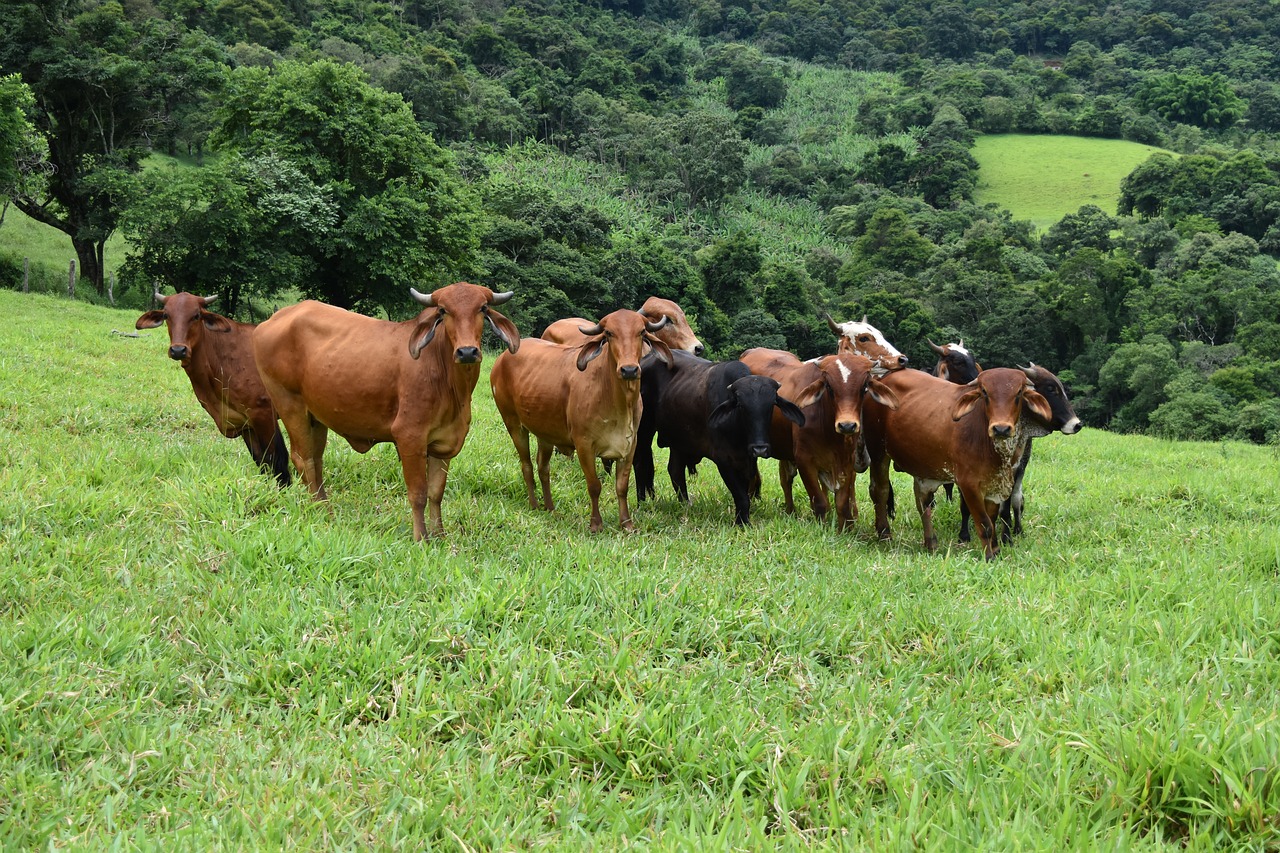
Feijoada Festivals
Feijoada festivals in Brazil are vibrant celebrations that honor the rich culinary tradition of this iconic dish. These festivals bring together people from all walks of life to indulge in the flavors and cultural significance of feijoada. Imagine a lively atmosphere filled with the aroma of simmering meats and beans, accompanied by the sounds of samba music and joyful laughter.
During these festivals, communities gather to enjoy feijoada in a festive setting, often held in open-air spaces or town squares. Tables are adorned with an array of side dishes and beverages, creating a feast for the senses. It's a time for sharing stories, connecting with others, and celebrating the unique flavors of Brazilian cuisine.
One of the highlights of feijoada festivals is the sense of unity and camaraderie they foster. People come together to appreciate the culinary heritage of Brazil, forging bonds over shared plates of hearty stew. It's a moment to savor not just the food but also the spirit of togetherness that permeates these gatherings.
Feijoada festivals also showcase the creativity and diversity of Brazilian cuisine, with chefs and home cooks alike putting their own spin on the traditional recipe. From variations in meat selection to innovative side dishes, each festival offers a glimpse into the culinary ingenuity of the local community.
Attending a feijoada festival is not just about enjoying a delicious meal; it's about immersing yourself in Brazilian culture and tradition. It's a chance to experience the essence of Brazil through its food, music, and warm hospitality. So, if you ever find yourself in Brazil during one of these festivals, be sure to join in the festivities and savor the flavors of feijoada.
Frequently Asked Questions
- What is Feijoada?
Feijoada is a traditional Brazilian dish known for its rich and hearty flavors. It is a stew made with a variety of meats such as pork, beef, and sausage, combined with black beans and seasonings.
- Is Feijoada difficult to prepare?
While Feijoada requires some time and effort due to the soaking of beans and slow-cooking of meats, it is not overly complicated. Following a good recipe and being patient with the cooking process can result in a delicious meal.
- What are the health benefits of Feijoada?
Feijoada is a nutritious dish as it is rich in protein, fiber, and essential nutrients. However, it is also high in calories and fat, so moderation is key when enjoying this flavorful Brazilian delicacy.
- What are some common side dishes served with Feijoada?
Feijoada is often accompanied by rice, collard greens, orange slices, and farofa, which complement the flavors of the stew. Other popular side dishes include pão de queijo, fresh fruit desserts, and caipirinha cocktails.
- Are there different variations of Feijoada in Brazil?
Yes, there are regional variations of Feijoada across Brazil, each with its own unique twist on the traditional recipe. These adaptations showcase the culinary diversity of the country.


